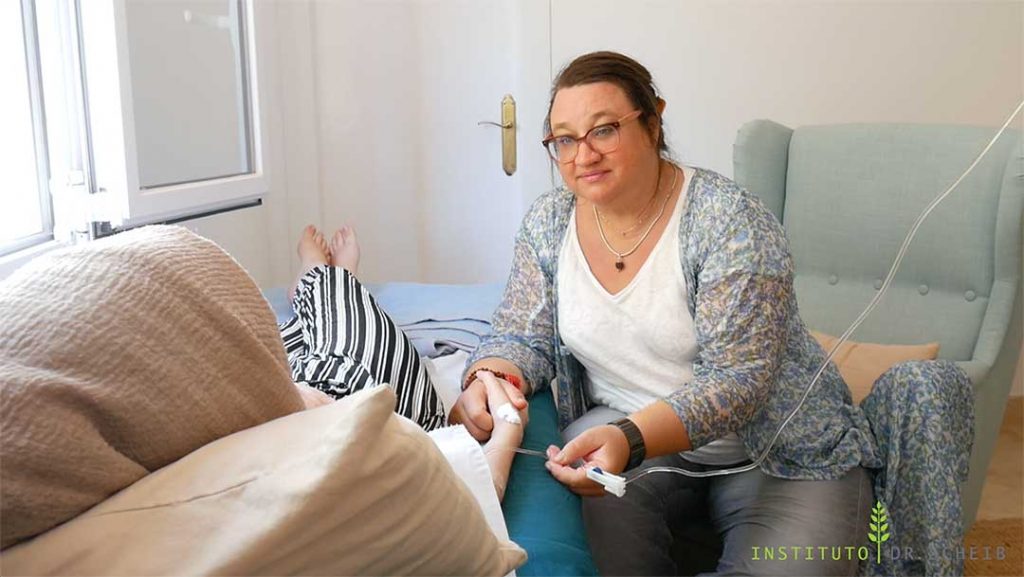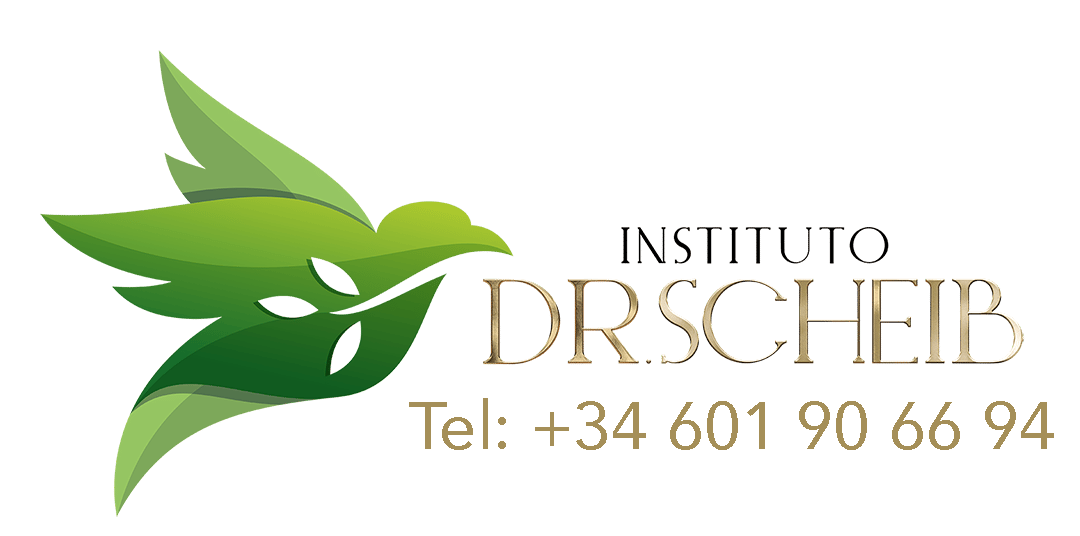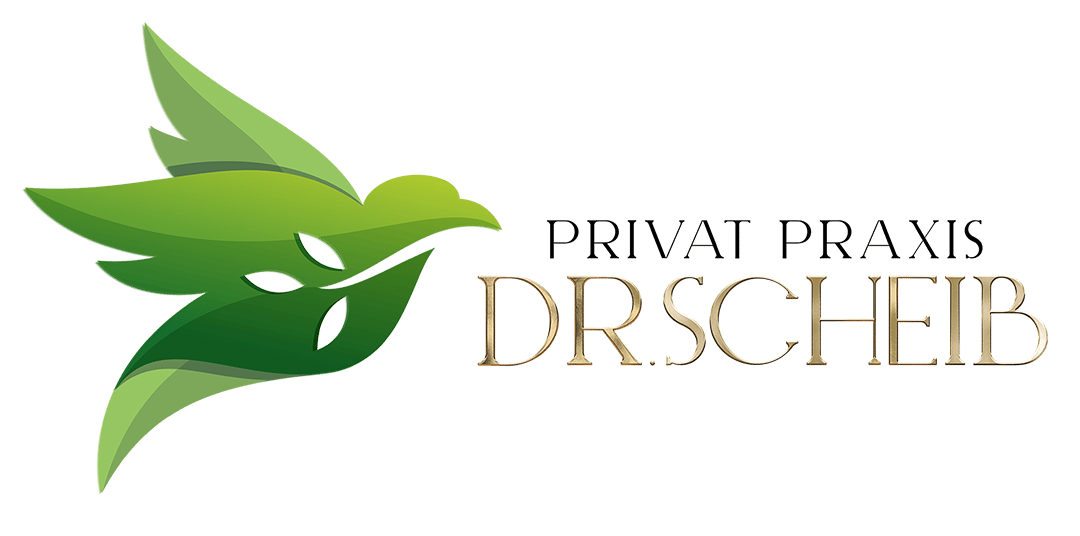
Post-traumatic stress disorder – symptoms and treatment
The treatment of post-traumatic stress disorder (PTSD) has been the specialty of Dr. Scheib and his team of international specialists for many years. At our private clinic in Mallorca, we treat post-traumatic stress disorder with a combination of ketamine infusions, rTMS, intensive psychotherapy, neuromodulation, EMDR and hypnosis. The treatment plan is individually tailored for each patient to take into account their personal circumstances. Treatments can take place on an inpatient or outpatient basis. Our intensive multimodal therapies for the treatment of simple trauma usually last between 10 and 15 days, but can take three weeks or more for complex and early trauma. Through our intensive, multimodal treatments for PTSD, we achieve a rapid and lasting improvement in traumatic symptoms. We usually have short waiting times, so treatment for post-traumatic stress disorder can begin promptly.
What is post-traumatic stress disorder?
Post-traumatic stress disorder (PTSD) is a mental illness that can occur after a traumatizing event. Traumatic events include war experiences, natural disasters, acts of violence and serious accidents, but also confrontation with life-threatening illnesses, intensive medical treatment or resuscitation. Complex trauma often arises in childhood due to repeated sexual or emotional abuse and the feeling of helplessness and defencelessness.
The symptoms of PTSD are varied and can manifest themselves in different forms. Typical symptoms of PTSD are:
- Recurring memories of the traumatic event
- Nightmares
- Anxiety and avoidance behavior
- Reduced ability to concentrate
- Irritability and anger
- Sleep disorders
- Feelings of guilt
- Loss of interest in activities
- Feeling of alienation
PTSD is a serious illness that can severely impair the quality of life of those affected. If left untreated, it can become chronic.
Post-traumatic stress disorder occurs as a result of an event that involves the threat of death or serious injury or represents a massive threat to the physical integrity of oneself or others. Typical triggers are accidents, assaults, rape, but sometimes also births, operations or inappropriate information in the case of life-threatening illnesses. The result is a feeling of absolute helplessness or horror, which leads to sleep disorders, increased vegetative arousal and often social withdrawal.
Prolonged intensive care treatment, especially artificial respiration, also leads to a higher incidence of post-traumatic stress disorder. Especially in patients who had to be intubated and ventilated due to a Covid infection, PTSD can also be associated with post-Covid or long-Covid syndrome.
What are the effects of post-traumatic stress disorder?
PTSD is caused by an unprocessed trauma. If a person is affected by a traumatic event and cannot defend themselves against it, the processing takes place during sleep. This often results in nightmares and sleep disorders. If the trauma has been processed successfully, a memory remains, but it is not accompanied by strong emotions or vegetative reactions such as a racing heart, sweating, nausea or similar. If the brain is overwhelmed with processing the trauma, it is not possible to separate the memory from the feelings. Certain triggers bring back the images of the trauma, including the violent feelings and vegetative reactions. This often leads to permanent vegetative tension and social withdrawal.
Sometimes an initial trauma is also processed relatively well and only a new traumatization leads to PTSD.
Today, it is assumed that between 5 and 10% of the population will be severely traumatized at some point in their lives and suffer from PTSD, i.e. a trauma-related disorder.
PTBS symptoms
In addition to sleep disorders, symptoms of post-traumatic stress disorder often include so-called flashbacks, in which certain images or smells bring the traumatic situations back to life. As a result, many sufferers try to self-medicate their symptoms with alcohol, cannabis, opiates, benzodiazepines or other drugs. Chronic pain can also be a symptom of post-traumatic stress disorder as a result of a traumatic experience, as can depression and anxiety disorders. Unfortunately, the causes of trauma are not always recognized, which can lead to incorrect treatment.
Treatment of PTSD
The earlier PTSD is treated, the better the prognosis. But even trauma that occurred a long time ago can still be treated.
Many people with addictions or chronic pain syndromes also actually suffer from unrecognized and untreated PTSD. These are often people who do not want to admit to themselves that they have been “weak”: soldiers, firefighters, emergency doctors. Sometimes relatives first notice how the person gradually changes. Social withdrawal, relationship problems, increasing alcohol and drug consumption. The risk of suicide is also significantly increased with post-traumatic stress disorder.
We usually treat PTSD with a combination of psychotherapy and ketamine infusions. Another important component is repetitive transcranial magnetic stimulation and neurostimulation methods such as neurofeedback.
Psychotherapy for PTSD
Psychotherapy is the most important treatment method for PTSD. There are various psychotherapeutic procedures that can be effective for PTSD. The most common methods include
- Cognitive behavioral therapy (CBT): CBT helps those affected to change the negative thoughts and behaviors associated with PTSD.
- Trauma-focused psychotherapy (TF-P): TF-P helps those affected to process the traumatic event and cope with the feelings associated with it.
- EMDR (Eye Movement Desensitization and Reprocessing): EMDR (Eye Movement Desensitization and Reprocessing) is a form of psychotherapy that uses eye movements to support the processing of traumatic events and has proven particularly effective in the treatment of post-traumatic stress disorder. It is regarded worldwide as the most effective treatment for post-traumatic stress disorder.
How does EMDR work in trauma treatment?
When treating PTSD with EMDR, a safe and trusting relationship is created first. The therapist then asks the patient to recall certain events and has them make rapid eye movements to the left and right. These eye movements typically occur during REM sleep (rapid eye movements), when we dream and process experiences. In therapy, this allows the trauma to be reprocessed and the associated negative feelings to be alleviated. In addition to rapid eye movements, other bilateral stimulations can also be carried out.
Hypnosis and exposure therapy in virtual reality can also be used. In a safe environment, events can be remembered, controlled and emotions can be changed.
Relaxation techniques such as autogenic training, progressive muscle relaxation and mindfulness-based stress reduction are also an important part of the therapy, as they help to reduce the vegetative state of arousal and ensure better sleep.
In addition to intensive, trauma-specific psychotherapy, pharmacological treatments and brain stimulation therapies such as rTMS or tDCS can also be used in the treatment of post-traumatic stress disorder.
Traditionally, medication is also used to treat post-traumatic stress disorder in order to alleviate symptoms and support treatment with psychotherapy. Common medications include:
- Antidepressant: Antidepressants can alleviate the symptoms of PTSD, such as anxiety, depression and sleep disorders.
- Antipsychotics: Antipsychotics can be helpful in the treatment of hallucinations and delusions.
- Anticonvulsants: Anticonvulsants can be helpful in the treatment of anxiety and irritability.
However, the use of these drugs is usually crowned with moderate success, which is why we largely refrain from using them in our treatment of PTSD.
Treatment of PTSD with ketamine infusions
Recent studies have demonstrated the efficacy of ketamine infusion therapy in the treatment of post-traumatic stress disorder. Ketamine is an NMDA receptor antagonist used as an anesthetic and analgesic. In recent years, ketamine has also been investigated as an effective treatment option for a number of mental health conditions, including depression, anxiety disorders and post-traumatic stress disorder (PTSD). The exact mode of action of ketamine in PTSD is not yet fully understood. It is thought that ketamine modulates the function of the NMDA receptor, which plays an important role in the development and maintenance of PTSD.

The antidepressant and dissociative effect of ketamine helps to “overwrite” traumatic memory contents, similar to how it works with addiction memory in patients with addiction disorders. However, this should only be done in the context of psychotherapy and with an experienced psychotherapist.
Instituto Dr. Scheib is one of Europe’s pioneers in treatments with combined ketamine therapy for conditions such as PTSD, treatment-resistant depression, obsessive-compulsive disorder and addiction. Neurofeedback and HRV biofeedback help to reduce the vegetative state of arousal. RTMS reduces the depressive components of the disorder and helps against addiction and chronic pain.
All these forms of therapy serve to supplement psychotherapeutic treatment and should not be used alone.
It is important for all traumatized patients to avoid being traumatized again by the treatment. Therefore, a trusting therapist-patient relationship is paramount. Patients with severe PTSD should always be referred to specialized therapy with therapists specially trained in the field of post-traumatic stress disorder! Ketamine infusions are a safe and well-tolerated treatment option. Side effects such as nausea, vomiting, dizziness and hallucinations occur in less than 5% of cases in our therapy protocol and usually disappear shortly after the end of the infusion.
The advantage of ketamine infusions is that they can lead to a rapid and strong improvement in PTSD symptoms. The effect of ketamine usually lasts for several days to weeks. A combination with other therapy methods is strongly recommended for a lasting result.
The prognosis for PTSD is generally good with appropriate treatment. With our treatment, most sufferers can overcome the symptoms of PTSD quickly and sustainably.
Contact us
If you are interested in psychosomatic treatment for PTSD, contact us now and we will get back to you personally as soon as possible to find the best possible therapy for you without obligation.
Medical studies on the treatment of PTSD
Use of EMDR for PTSD:







